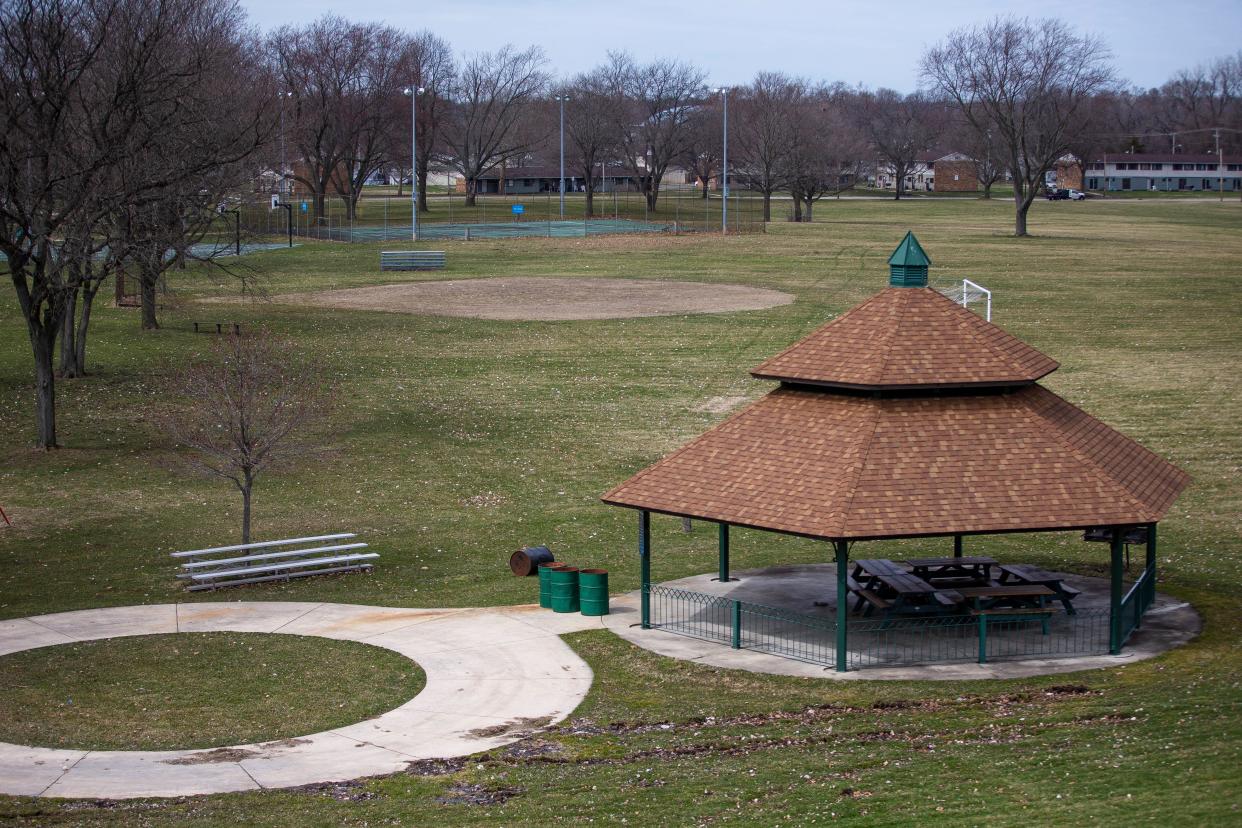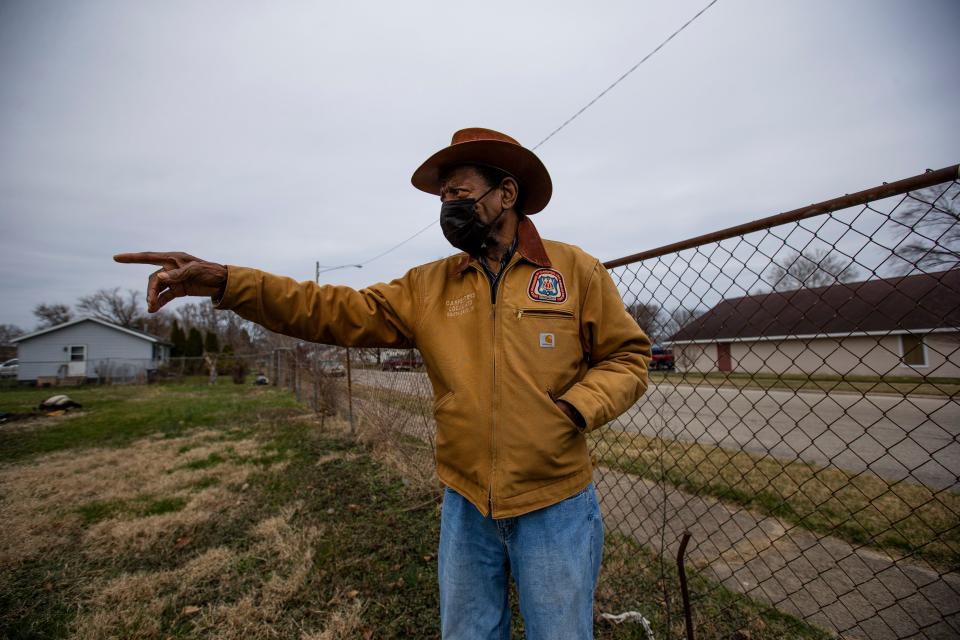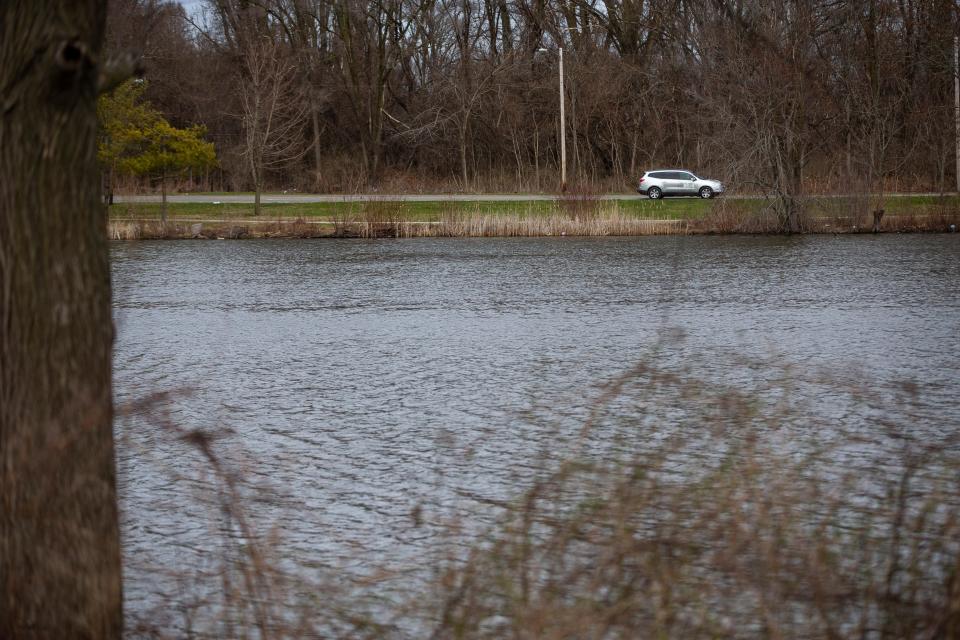Lack of minority- and women-owned businesses in LaSalle Park toxic cleanup raises concern

SOUTH BEND — Although the planned remediation of toxic contaminants in LaSalle Park's soil mainly affects west side neighborhoods where the vast majority of residents are Black or Hispanic, only 3.2% of the $2.2 million being paid for the project is slated to go to minority-owned businesses.
That percentage, however, is over three times the minimum threshold set by the South Bend Board of Public Works when it determined the project's required participation rate for minority-owned business enterprises. As outlined in a May bid, just 1% of project subcontractors had to be mostly owned and operated by people of color.
The threshold for women-owned business enterprises, which also classify as disadvantaged under the city's inclusive procurement and contracting program, was 3.5%. HRP Construction, a South Bend firm that will be paid $2.2 million by the city and Honeywell International for the work, also exceeded that limit by agreeing to pay up to 8.7% of the total sum to women-owned subcontractors.
More toxic waste in South Bend: Waste was dumped in a South Bend neighborhood. Soil-based lead will finally be treated.
The firm is on track to exceed the city's percentage goals. But during a public information session last week at the Charles Black Community Center on the park's southwest side, several Black and female residents criticized the lack of diversity in contracts for government work in a city where two of five individuals identify as Black or Hispanic.
"That's too low," said Lynn Coleman, a retired police officer and assistant to former Mayor Steve Luecke who grew up in the LaSalle Park neighborhood, in response to an explanation of the city's 1% goal for minority-owned businesses and 3.5% goal for women-owned firms.
Years of toxic waste dumping in minority communities
Marvin Crayton, an active member of the LaSalle Park Neighborhood Association, said he worked for years on projects as a subcontractor hired by HRP Construction. Now retired, he said the results of city efforts to develop a network of minority contractors in the region have been lackluster.

Exacerbating the anger is the fact that the work being done from July to September is to remedy years of toxic waste dumping primarily by Bendix Corp., a former automobile and aviation parts manufacturing company that preceded Honeywell at an industrial site just north of railroad tracks that run along Linden Avenue.
From the 1930s to the 1950s, the firm's chosen dump was an unused lot directly adjacent to one of the few South Bend neighborhoods where people of color lived, known colloquially as "The Lake." The city, which says officials were unaware of the extent of past contamination, acquired the site in the early 1960s to convert it into a park, at the urging of residents.

"We didn't get a park like everybody else in the community got a park," said Gladys Muhammad, a longtime Black community activist who grew up in The Lake. "We had to fight and make a struggle to make sure that we had a park out here at Beck's Lake."
South Bend: Payments to minority- and women-owned businesses are declining, data shows
The Environmental Protection Agency named the site a Superfund site in 1984 and will now oversee the cleanup. The agency says extensive testing since 2015 has revealed no immediate risk of contamination for park users.
Director of Public Works Eric Horvath conceded to residents that minority- and women-owned business participation in the LaSalle Park cleanup is "really low." Two members of the city's Board of Public Works, Gary Gilot and Murray Miller, who is Black, objected to the low figures during a May bid presentation.
Horvath explained that the numbers come from a formula used by the city's engineering department. Using identifying codes from the North American Industry Classification System, a percentage of disadvantaged businesses available for hire is found by industry. Availability is determined by geographic marketplace, which for South Bend includes all 92 counties in Indiana and Berrien County, Michigan, according to city ordinance.
For projects over $50,000, a general contractor must prove in their bid proposal that they will hire qualifying subcontractors to meet overall thresholds for a project. If a firm can't meet them, it must outline its "good-faith effort" to find disadvantaged businesses. Failures in both aspects result in the firm's bid application being rejected.
"When you first start a program, those availabilities (of disadvantaged businesses) are low," Horvath said. "The thought is that over time, as you continue to have a program, those goals will grow greater ... you’ll have more women- and minority-owned businesses and that availability number will come up."
Related redevelopment project: Renovated Charles Black Center brings positive change to LaSalle Park
HLR Construction will pay up to $70,000 to V&R Trucking, operated in South Bend by a Black woman, for trucking services. About $200,000 will go to two women-owned landscaping and traffic control businesses in Indiana.

Matt Cain, president of HLR Construction, said projects with fewer discrete tasks, such as the LaSalle Park remediation, offer fewer opportunities to involve disadvantaged businesses. Contractors tend to hire the same subcontractors for reliability's sake, he said, which is why South Bend's Office of Diversity, Compliance and Inclusion leads initiatives to help build and promote a network of businesses owned by people of color or women.
Working with several city governments across the Michiana region, Cain said South Bend's participation thresholds tend to be stauncher than surrounding cities. Indiana's state-level goals are higher, however, at a combined 18% for minority- and women-owned businesses.
"South Bend, I would say, they're really tough," Cain said. "They're much more demanding than other communities."
Katherine Redding, a member of the local Black Lives Matter chapter who said she now works as a consultant in renovations involving lead removal, told presenters there seems to be a disconnect between the general contractors hired by the city and minority subcontractors those companies could hire.
Redding also noted one glaring fact: The six people, four of whom were city employees, hosting the session were all white men. The leaders of HRP Construction are almost all white men, though the company's vice president is a white woman.
Crayton, who was a subcontractor for HRP under its former president, made his appeal for more diversity directly to the company's new boss.
As Cain turned in his seat to face Crayton, the graying man pointed a finger and said he hoped the former boss instilled in Cain the need to hire minority-owned contractors.
"I'm going to be watching you," he told Cain in a gruff voice, grinning.
Remediation efforts this summer include:
In six areas of the park where lead concentrations exceed 1,200 parts per million, a foot of earth will be removed and replaced with two feet of new soil.
A foot of clean soil will be placed on top of about 6.6 acres of the ground in the park where lead levels exceed 400 parts per million.
Two nearby residential yards with lead contamination will have two feet of soil removed and replaced.
Email South Bend Tribune city reporter Jordan Smith at JTsmith@gannett.com. Follow him on Twitter: @jordantsmith09
This article originally appeared on South Bend Tribune: Environmental cleanup of toxic waste includes few minority-owned firms

